Natural disasters and fire incidents are not the only events that could lead to an emergency. Without you noticing, there are potential hazards around your facility that present risks to the health and safety of your tenants. This article gives you tips on creating an office hazards checklist and identifying ways to eliminate these risks.
Office Hazards Checklist
The first step in ensuring a safe workplace is identifying which risks are present in your facility. The Chief Warden leads the undertaking of making an office hazards checklist. He is responsible for assessing, reporting, and ensuring that these potential hazards are controlled and dealt with properly based on the emergency response procedures designed specifically for the facility.
While there are many ways to go about it, one of the most effective ways to identify risks and hazards are to interview tenants and staff in the facility. They know what happens on the floor on a day-to-day basis, and can give the chief warden a clearer picture of possible situations that could endanger them and other building occupants.
This interview must be supported by efforts of the assessment team. The team will take a closer look at the office layout, equipment, exit points, assembly area, machinery, furniture, and other materials that could be the cause of hazards. They will also review housekeeping procedures and guidelines to check if the document is up to date with the current safety needs of the facility and people in it.
Some hazards are not visible and are more difficult to spot. That plus the size and nature of the facility could make the assessment a tedious task. To ensure that hazards are tagged correctly, and the practice is carried out in compliance with Australian Standard 1851, it is recommended that facility managers and building owners consult with providers and OH&S Committee members. With their experience, they are sure to provide more expert advice and assessment of the facility.
In spotting hazards in the workplace, remember the acronym S.A.F.E., which stands for Spot the hazard, Assess the risk, Fix the problem, and Evaluate the results.
What hazards are present in most workplaces?
According to the Australian Standard 4360 Risk Assessment and Australian Standard 3931, hazards could be causes or situations that present potential harm or loss.
Hazards can take different forms. It could be caused by equipment use, extreme temperatures or noise, chemicals and dirt, inadequate lighting, unsafe vehicle use, improper storage of materials, and lack of training on safety materials.
Below are various types of hazards. See which items in your office hazards checklist fall under these categories.
- Physical hazards
- Safety hazards
- Ergonomic hazards
- Chemical and biological hazards
- Traffic movements
- Handling and storage of materials
- Contractors and visitors
Safety hazards are the most common in the workplace. These may seem simple, but if not controlled could lead to emergencies that could endanger building occupants.
- Slips and trips
- Cords running across the floor
- Falls from heights
- Electrical hazards
- Unguarded machinery that can injure employees
- Improper machine handling
How can you mitigate risks in your office hazards checklist?
Assessing risks is not just for the sake of identifying workplace hazards. This activity is also crucial in mitigating and eliminating the dangers that may stem from them.
Once you have your office hazards checklist down, the next step is to rank them from the least to most dangerous. This will help you gauge the gravity of the hazards and make plans on how to respond to each of them. The idea is to commensurate the response to the severity of the hazard. These pieces of information will give you a clearer picture of the causes and effects of these hazards.
The expected outcome of this exercise is to eliminate the risks and ensure a safe workplace for people in your care. Now that you have a thorough study of the facility and the risks around it, it’s time to make the necessary changes and improvements in procedures, infrastructures, equipment, or machinery.
Evaluate and review
Once all changes and procedures are accomplished, conduct an evaluation of the entire process. This will help you and your team see if every hazard is covered and if modifications must be made. It needs to be reviewed and regularly evaluated, particularly if there will be adjustments in the structure of the facility and changes in equipment.
Depending on the severity of the identified hazards and the size of the facility, changes and improvements may take weeks or even months. It is tedious and could involve the assistance and approval of the management and people from various teams. However, if done right, this activity would result in a safer and better workplace conditions for everyone occupying the facility.
There’s no better time than now
Emergencies can happen anytime, anywhere. Preparation is key in mitigating their impact on people, properties, business operations, and society at large. Whether you’re a building owner, a facility manager, a company owner, staff, or a general building occupant, you have a pivotal role in ensuring workplace safety.
Be vigilant at spotting possible hazards. Inform the chief warden about them, so they will be included in the office hazards checklist. Once these risks are identified and documented properly, actions can be done to avoid them from happening.
Are you 100 percent sure that your workplace is safe and free from risks? Are you 100 percent compliant with Australian Standards? Your answer to these questions shape the safety conditions of your workplace.
Here’s a free questionnaire to get you started!
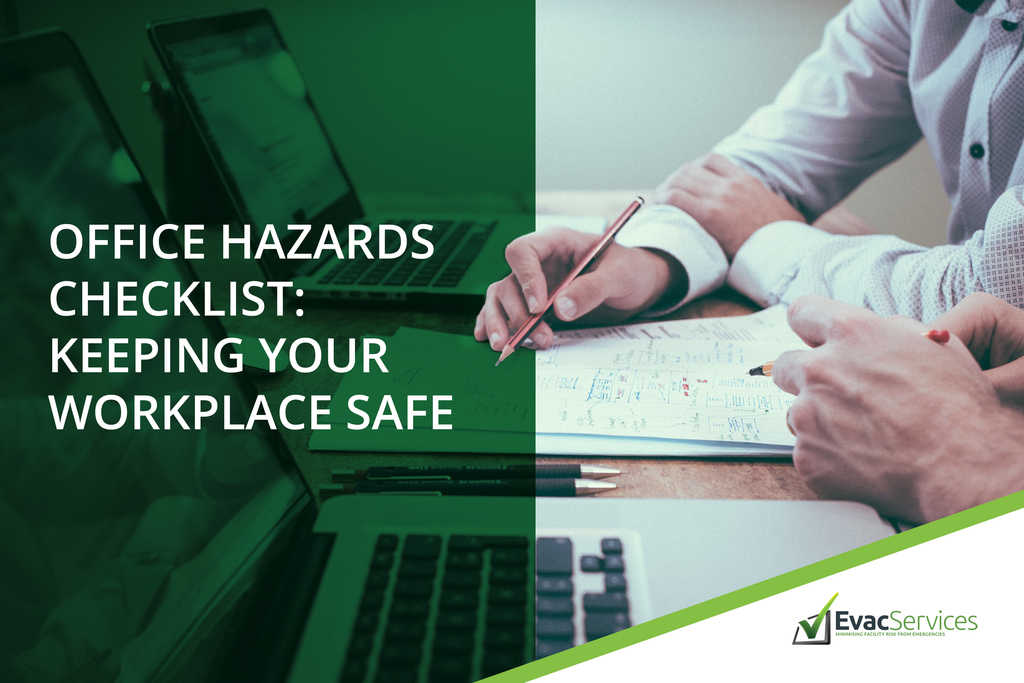
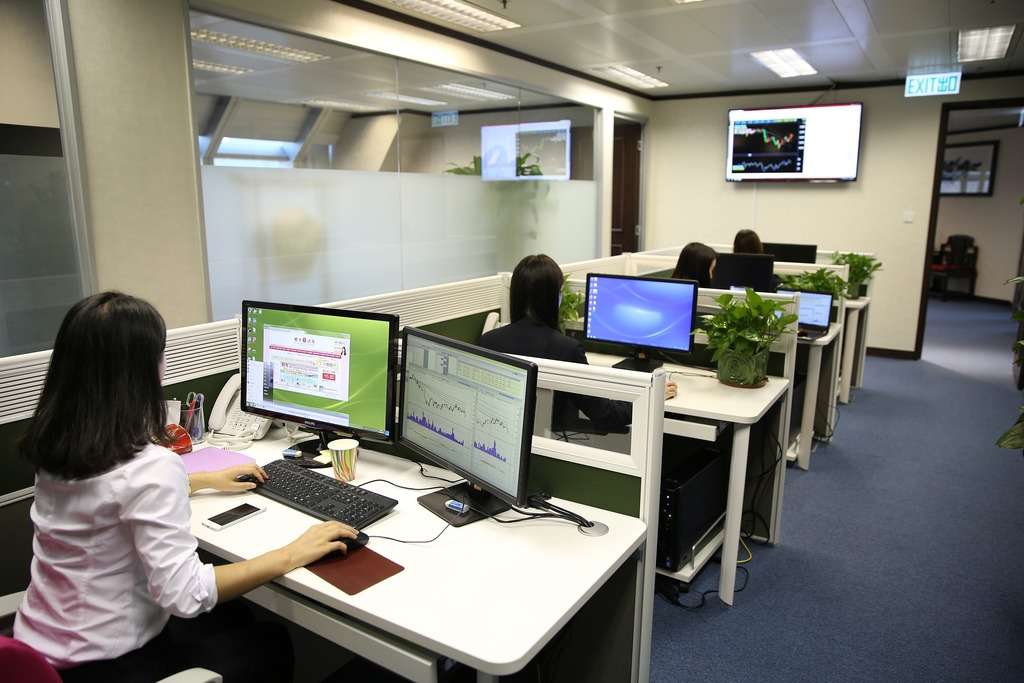

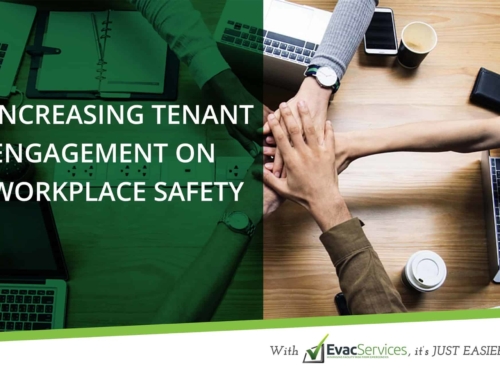
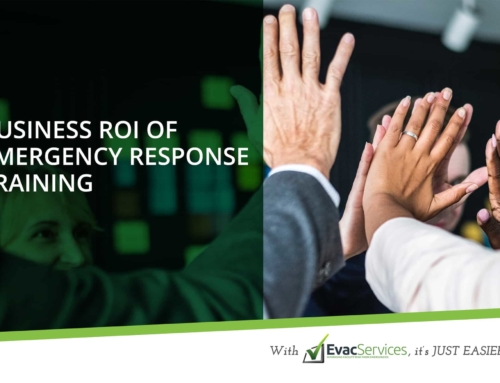
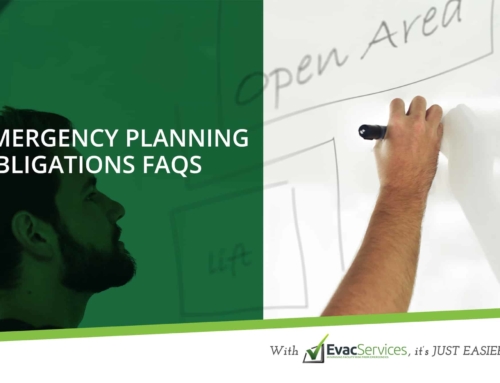
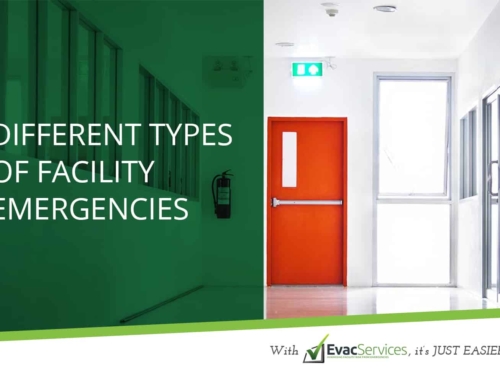
Leave A Comment